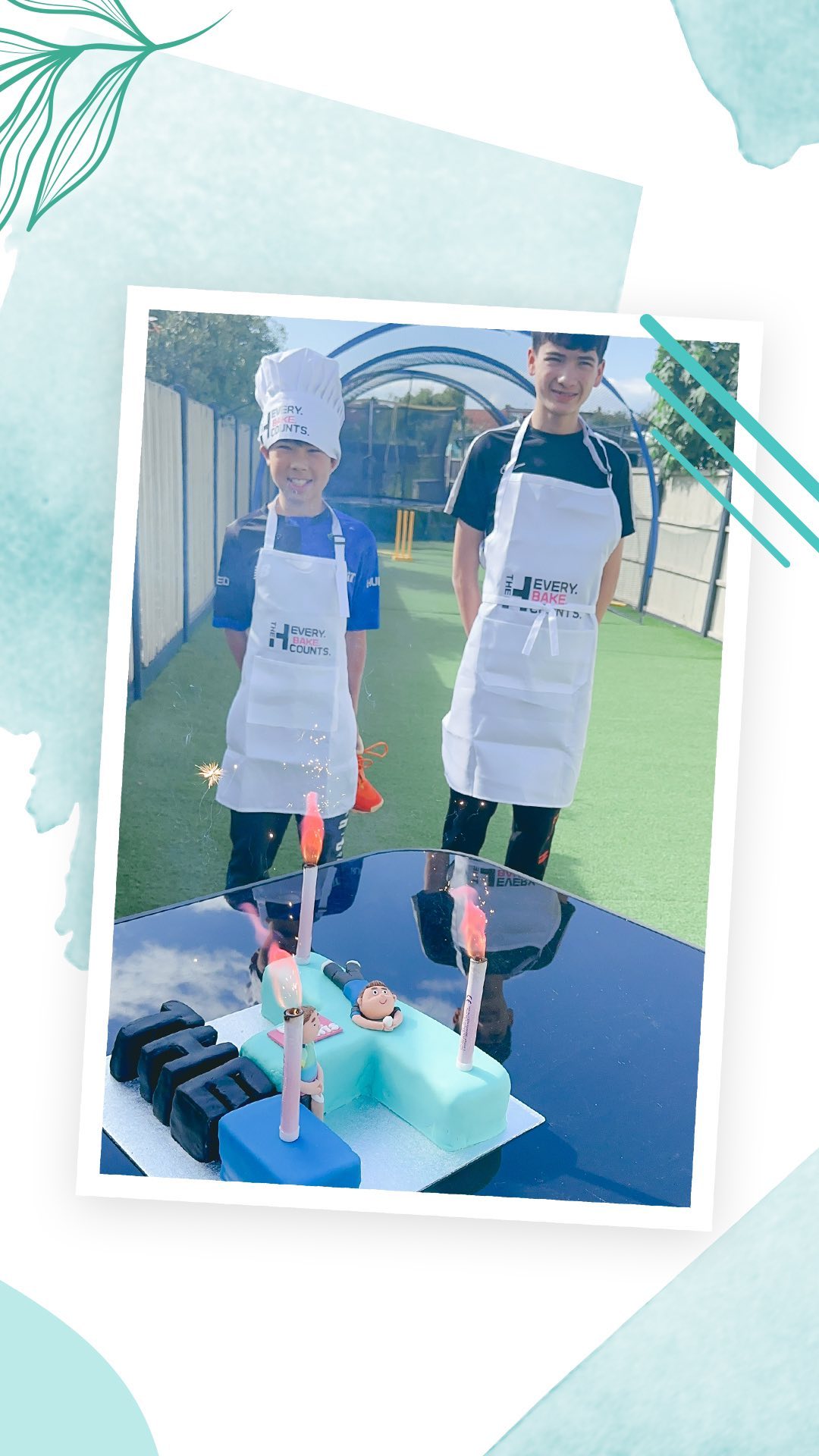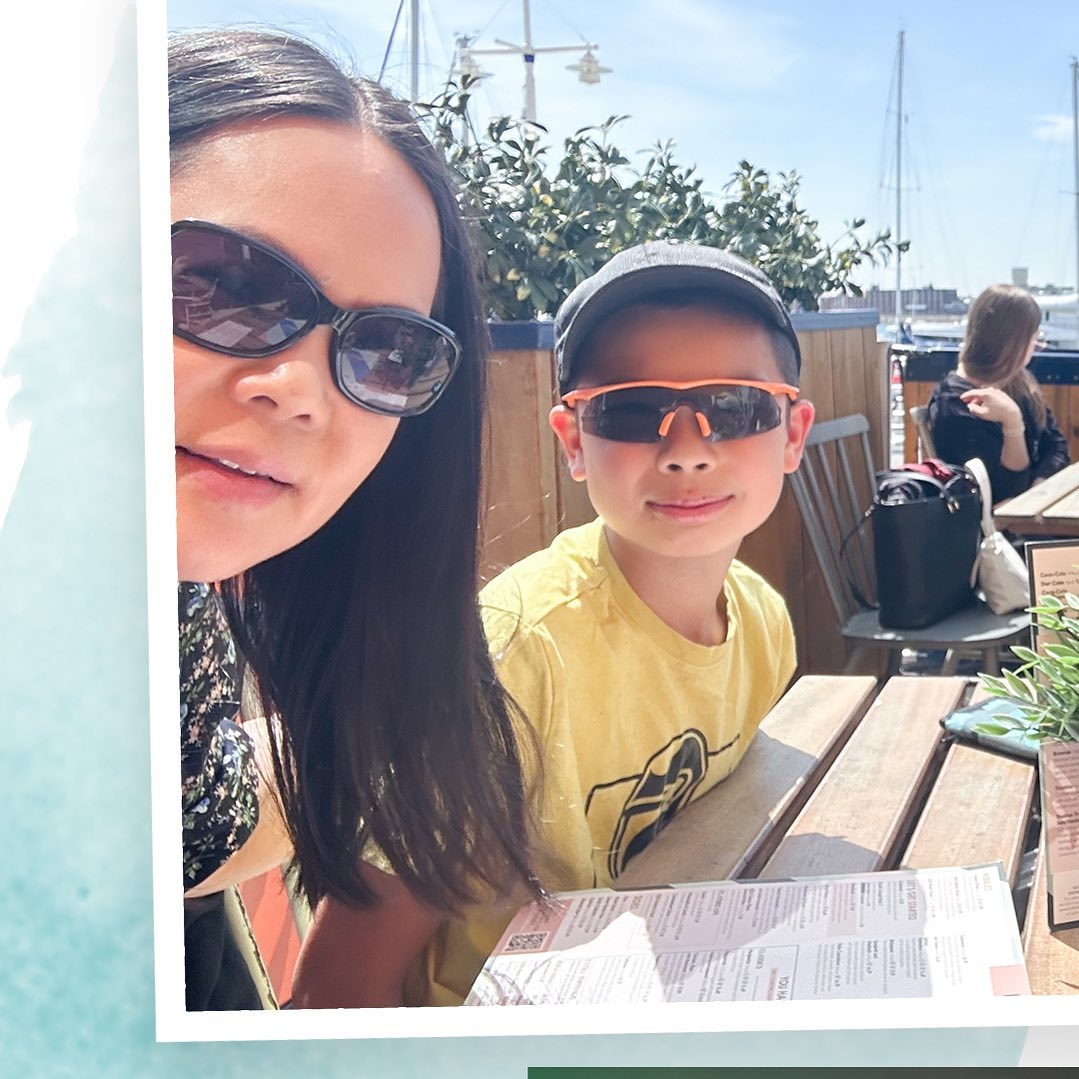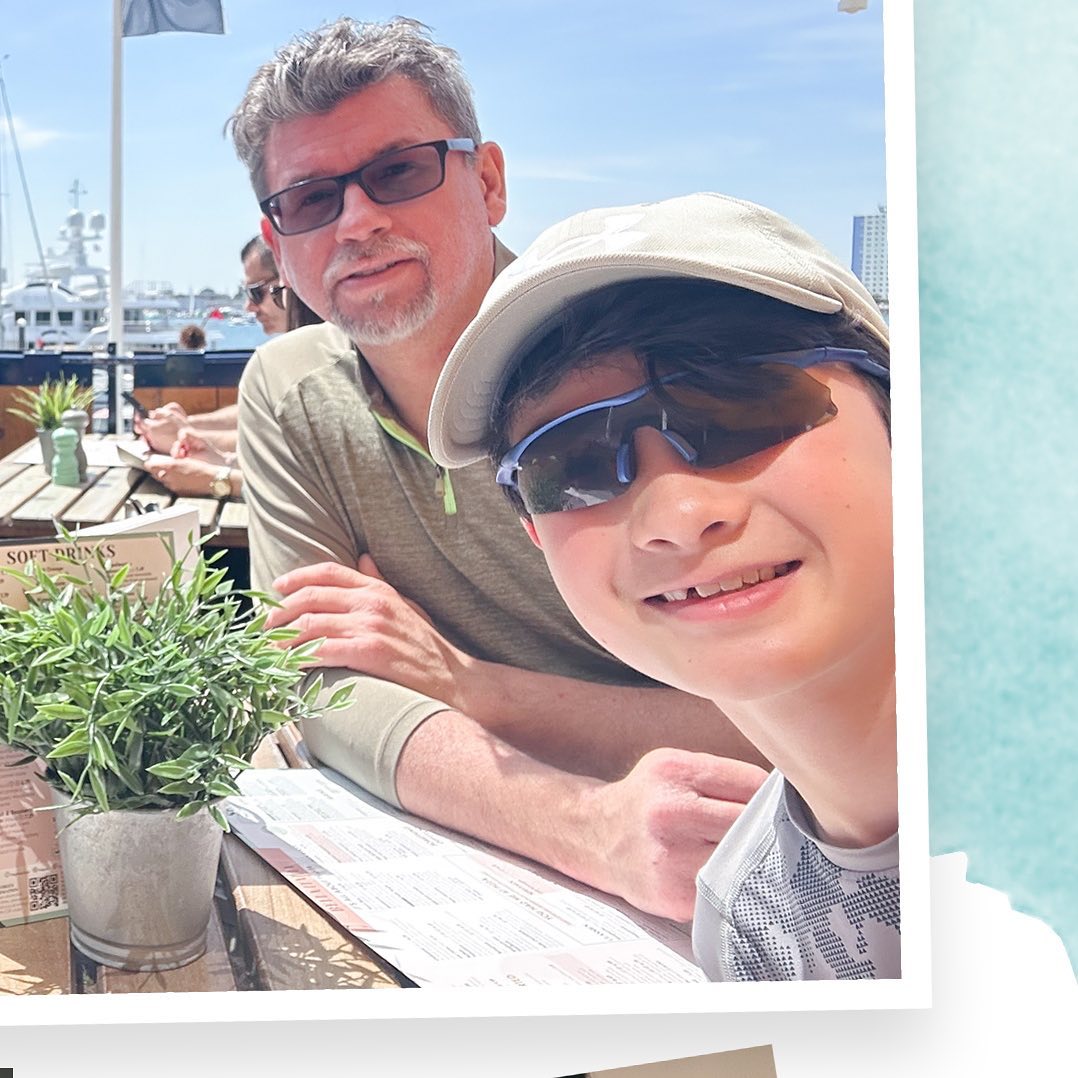Teens and dating: 6 high school relationship realities
Navigating the intricate world of high school relationships is a rite of passage that forms an indelible memory on the canvas of one’s life. Filled with teenage exuberance, these years are steeped in learning, growth, and the often tumultuous waves of first loves and heartbreaks.
For many, these early relationships serve as a crucible for understanding intimacy, trust, and the nuances of interpersonal communication. However, in the complex social microcosm of high school, each romantic bond carries unique challenges and rewards. Let’s explore six poignant realities of high school dating and the profound effect they have on burgeoning teens.

1. The reality of peer pressure
Peer pressure is a formidable force that shapes many aspects of teen relationships. Adolescents are highly influenced by their peers and social groups, which can significantly impact their dating choices.
The desire to belong and the fear of missing out often lead teens to make decisions that might not align with their true desires or values. High schoolers may find themselves in relationships initiated or sustained due to external pressures rather than genuine affection. This influence underlines the importance of fostering strong individual self-identity as a buffer against the tides of peer pressure.
2. Emotional rollercoaster
Teenage years are marked by a surge of emotions, and high school romances are no exception. Relationships are characterised by highs and lows, with teen couples often experiencing intense feelings that can be overwhelming. The passion and intensity of these emotions can sometimes lead to the belief that each fling is ‘the one.’
However, the transient nature of teenage infatuation teaches young adults the complex nature of feelings and the spectrum of emotions that are part and parcel of adult relationships. Moreover, you can read about the success rate of these relationships online. That way, you can get an accurate picture of the complications of first love.
3. Communication challenges
Clear and effective communication is a cornerstone of any successful relationship, yet it is an area where many high school couples struggle. The inherent complexity of adolescence, being at the crossroads between childhood and adulthood, complicates the art of communication. Teens are often discovering their own emotions, much less attempting to express them in a way their partners can understand. Additionally, misunderstandings are frequent as each party grapples with the vast emotional lexicon that romance demands.
4. Social media influence
Social media’s explosion has transformed the dating landscape for high schoolers. Platforms like Snapchat, Instagram, and TikTok play a pivotal role in shaping perceptions of love, relationship goals, and societal norms.
Teenagers often feel pressured to present an idealised version of their relationship to the online world, leading to unhealthy comparisons and expectations. The screen-centric nature of modern communication can also hinder authentic face-to-face interaction, an essential component of nurturing healthy relationships.
5. Academic and extracurricular balancing act
High school relationships don’t exist in a vacuum; they are often juxtaposed against a backdrop of academic stress and extracurricular commitments. Balancing the demands of a relationship with the pressures of schoolwork and outside activities can be a Herculean task for young adults.
Time management and boundaries become critical skills that need to be honed to maintain a healthy equilibrium. Many high schoolers find themselves stretched thin, trying to be the perfect partner alongside excelling in their studies and other pursuits.
6. Growth and self-discovery
Despite the challenges, high school relationships offer a unique platform for self-discovery and growth. They provide a safe space for teenagers to experiment with their identities, explore personal boundaries, and develop a sense of self-worth.
Every relationship, whether fleeting or enduring, carries invaluable lessons contributing to a young person’s maturation. These formative experiences help teenagers to understand their needs and desires better, to sharpen their relational skills, and to emerge from their high school years with a deeper sense of who they are.

Understanding these realities is crucial for teens, parents, and educators alike. Open dialogue, mentorship, and setting positive examples of healthy relationships are effective strategies that can guide adolescents through the often turbulent waters of high school dating. Encouraging teens to develop strong self-esteem, to communicate openly and honestly, and to prioritise their well-being in all aspects of life, not just in romance, is the compass that will help them navigate relationship realities and emerge as emotionally intelligent adults.
High school relationships are a dynamic reflection of the teenagers who inhabit them. They offer a mosaic of challenges and joys, each encountering a thread in the tapestry of adolescent life. As we peel back the layers of these unique relationship dynamics, we uncover a shared experience of growth, resilience, and the universal quest for love and understanding. For teens, the takeaway is clear: high school dating is about companionship and learning to navigate the complexities of the human heart and the subtleties of personal connection.
![[AD] We’re a cricket-mad family, so we’re buzzing that @thehundred is back this August! 🏏🔥
To get ready, M tried out the official FREE Activity Pack — and it’s brilliant! 🙌
Packed with fun games, creative challenges and sporty tasks, it’s perfect for getting kids hyped whether you’re at home or on the go.
👉Download yours now (link in bio)
@londonspirit @ovalinvincibles #EveryMomentCounts #TheHundred
#EnglandCricket #CricketFamily #TheHundredCricket #LondonBloggers #Cricket #CricketIsLife #kidsfun](https://suburban-mum.com/wp-content/uploads/2022/11/505472555_18531279601016840_7092520074819907569_n-180x320.jpg)



![[AD - Press visit]
We enjoyed the glorious sunshine this weekend with a trip to Brighton. We went on the @brightoni360official which is right by the sea front.
The i360 pod take a slow journey up, allowing you to take in views across Brighton and the South Downs 450ft above ground. There’s a bar inside with drinks and snacks available to purchase and the experience lasts 25 minutes.
Afterwards, we headed to the open air roller rink for a roller skating session!
The roller rink is:
⭐ Suitable for over 5s
⭐ £6.50 if you have your own skates or £9.50 if you need to hire them
⭐ 45 minutes per session
Full details to visit the i360 + skating
📍 Brighton i360, Lower Kings Road, Brighton BN1 2LN
🚗 Parking nearby (we parked in the Regency Square Car park)
🎟️ Prices start from £25.40 for an adult and £16.90 for a child
🕐 Opening hours are currently Sun-Fri 10.30am-18.30pm and until 19.30pm on Saturdays
☕️ Bar inside the i360, cafe and gift shop
Book tickets here:
https://tickets.brightoni360.co.uk/tickets/?_ga=2.195305772.1869001490.1689671753-1757164059.1689671753/#events?eventid=157](https://suburban-mum.com/wp-content/uploads/2015/04/417980235_313576471048632_3682382982231216432_n.jpg)

![[AD] ***Summer of fun at Barracudas Activity Camps!****
There is plenty for kids to do at @barracudas_activity_day_camps
From Tennis, Archery, Swimming, Motor Sports and more you can be sure that there will be something for kids aged 4.5-14. ⚽🏈🥅🎾🏓🏎️🏹🏊♂️🏉
You can book on a day by day basis - so it can fit in with any other days out/activities you have planned and there are early drop off and late pickup options available. Barracudas are also Ofsted registered so you can use your Childcare Vouchers too.
⭐⭐⭐Get £20 off a week or £4 off a day using my discount code: MARIA20⭐⭐⭐
#BarracudasActivityDayCamp #BarracudasActivityCamp #BarracudaAmbassadors #SummerHolidays #SchoolHolidays #Summer2023 #SummerCamp #DayCare #Camp #KidsCamp #surreymummy #surreymums #SummerOfFun #ActivityCamps #HolidayCamps #Childcare #SchoolHolidays #schoolholidaycamps](https://suburban-mum.com/wp-content/uploads/2024/07/353583570_625625966167953_545896259645102575_n.jpg)



![[AD] We have some super exciting news...we have been chosen to be Laser Quest Ambassadors, and the boys are over the moon!
We are really lucky that our local Laser Quest (@laserquestkingston) is just around the corner from us. It means we can pop in of a weekend or anytime during the school holidays, and with summer just around the corner, I know Laser Quest will be one of our go-to places for some family fun.
As well as games of Laser Quest, there are also VR experiences and arcade amusements too. To find out a bit more about how Laser Quest works, you can read my blog post: https://www.suburban-mum.com/laser-quest-kingston/ (clickable link in bio)
Don't forget to keep an eye out for our Laser Quest posts - I'm going to be giving away two family passes to use at Laserquest Kingston!
If you can't wait and want to head down to Laser Quest to try it out, use the code SUMMER30 for 30% off your booking. The code is valid from now until the end of August 2023 and can be used on Laser Quest games and birthday party bookings.
#LaserquestAmbassador #Laserquest #LaserquestKingston #ActivitiesForKids #FamilyFun #DaysOutWithKids #Lasertag #LaserquestVR #Kingston #ThingsToDoInKingston #SurreyFamilyDaysOut #ThingsToDoWithKids #RainyDayFun #SurreyMummy #SurreyLife #LifeWithKids #LifeWithBoys #familyfunday](https://suburban-mum.com/wp-content/uploads/2015/04/353230107_797358078406942_2405522556733455165_n.jpg)

![[AD] The sun has finally made an appearance and the boys have been making the most of it by spending it
in the garden.
They’re go-to is always football and they’ve been trying to improve their aim and accuracy with the new Messi Foldable Footlball goal from the #MessiTrainingSystem range.
I love the fact the goal is foldable, making it easy to store away when not in use. It is also lightweight so you can effortlessly pack it up and take it to the park or to a friend’s house.
The Messi Foldable Football Goal retails at £36 and can be purchased from @argos
You can read my full review here: https://www.suburban-mum.com/messi-foldable-football-goal/
#TrainLikeMessi #FoldableFootballGoal #FootballSkills #OutdoorFun #LionelMessi #LeoMessi #FootballAtHome #OutdoorKids #JustGetOutside #OutdoorsAndFree #ScreenFreeKids #WhateverTheWeatherKids @flair_gp](https://suburban-mum.com/wp-content/uploads/2015/04/341194882_615024710178056_41977149395989448_n.jpg)

![[AD] We are absolutely thrilled to announce that we are Barracuda Ambassadors again this year.
With Easter just around the corner, the boys were sent the @barracudas_activity_day_camps new camp kit in preparation for the school holidays.
There’s a wide range of activities for kids aged 4.5 - 14 including Tennis, Archery, Basketball, Arts & Crafts and more.
If you like the sound of Barracudas, find out more over on their website. You can also save £20 a week or £4 a day, using my discount code: MARIA20](https://suburban-mum.com/wp-content/uploads/2024/07/336812306_765234558514317_685553691647241974_n.jpg)


![[AD - Gifted]
Last weekend we were invited to try out @tsarettaspice’s new Bottomless Brunch menu and I can tell you it was thumbs up all round!
There’s a good choice tapas on offer from Punjabi fish fingers, Indo Chinese Chicken to Spiced Lamb Scotch Eggs and Manchurian Cauliflower (which was amazing!)
If you’re local to Twickenham and fancy giving them a try here’s are the details.
Tsaretta Spice Bottomless Brunch
⭐️£37.50 per head for bottomless Prosecco or cocktail of the day
⭐️£55 per head for bottomless Champagne
⭐️ Food included: 4 tapas selections and dessert or 2 tapas selections, a pav or naanwich and dessert
⭐️ Non-alcohol brunch is also available
Tsaretta Spice
55 Church Street
Twickenham
TW1 3NR
You can also read our full review over on the blog (link in bio)](https://suburban-mum.com/wp-content/uploads/2024/07/334565436_5960402314015030_663031098700829518_n.jpg)
![[AD] What does family look like for you?
I am fortunate to be surrounded by strong, powerful women in the form of my mum, sister and mother-in-law (along with many others). With Mother’s Day just around the corner, @BootsUK want to celebrate all the different mums and mother figures we are lucky enough to have in our lives. They have a huge range of Mother’s Day gifts to choose from so we can show them how much they mean to us. (swipe to take a look at some of my choices)
If you want to express love and appreciation for the mother figure(s) in your life, head to Boots.com to find the ideal gift. They have a whole host of gifts, so you can be sure to find something to suit all tastes. Celebrate the #LoveForAllMums this Mother’s Day with Boots.
](https://suburban-mum.com/wp-content/uploads/2015/04/334276459_136658625736352_6403224988403337253_n.jpg)




